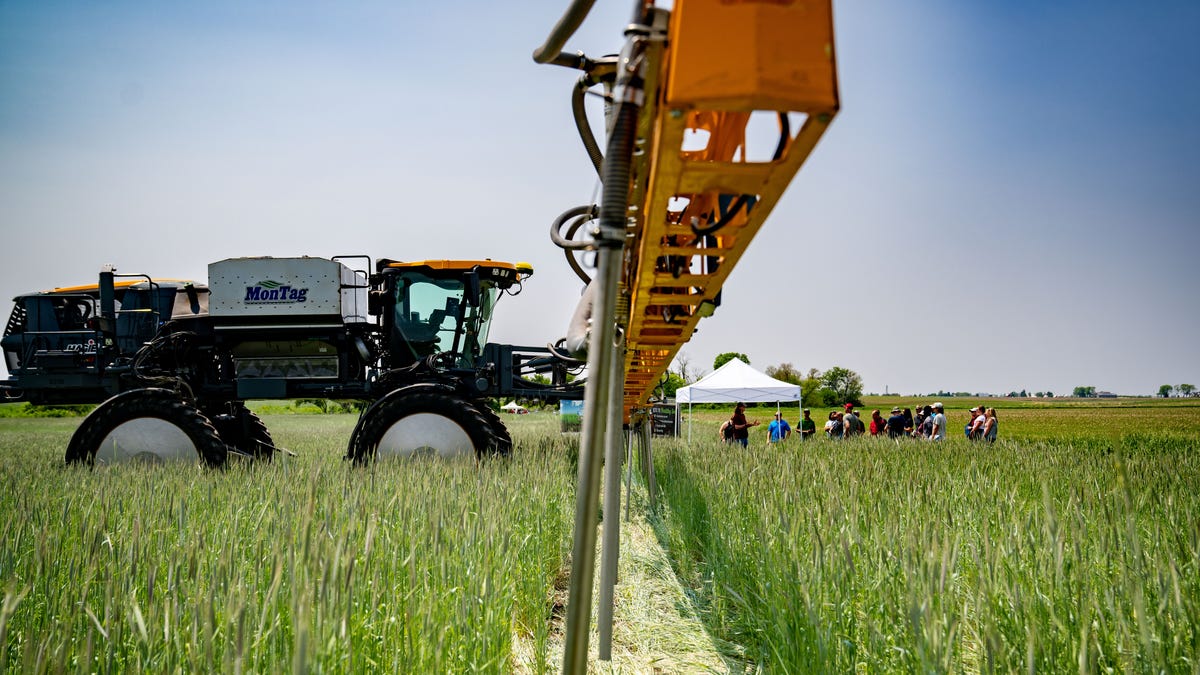A recent analysis by the Public Employees for Environmental Responsibility (PEER) has revealed that the Bureau of Land Management (BLM) is falling short of its own standards in managing the 56.7 million acres of rangeland it oversees. High Country News reporter Jimmy Tobias notes that high, cold deserts in Nevada, Wyoming, and southern Idaho are particularly affected, with approximately 22 million acres in Nevada alone not meeting health standards.
The analysis found that the BLM failed to conduct health assessments on 24% of its grazing lands between 1997 and 2023, and many of those that were evaluated did not meet standards for water quality, watershed protection, and conservation. Various factors such as overgrazing, invasive weeds, wildfires, off-road vehicle use, drought, and more are contributing to the declining health of public lands. Additionally, a loophole in the Federal Land Policy and Management Act means the BLM is not required to complete environmental reviews before reissuing grazing permits to ranchers.
Historically, the BLM has been influenced by ranching interests, often turning a blind eye to illegal grazing and other damaging practices. However, a new rule issued by the Biden administration last month aims to expand the land health evaluation program to encompass all surface acreage under the agency’s jurisdiction. This move is a step in the right direction towards better management of public grazing lands.



